The 2019 Taurid resonant swarm: prospects for ground detection of small NEOs
https://academic.oup.com/mnrasl/article/487/1/L35/5498315
David L Clark , Paul Wiegert , Peter G Brown
Monthly Notices of the Royal Astronomical Society: Letters, Volume 487, Issue 1, July 2019, Pages L35–L39, https://doi.org/10.1093/mnrasl/slz076
Published: 24 May 2019
Abstract: In June 2019 the Earth will approach within 5° mean anomaly of the centre of the Taurid resonant swarm, its closest post-perihelion encounter with Earth since 1975. This will be the best viewing geometry to detect and place limits on the number of NEOs proposed to reside at the swarm centre until the early 2030s. We present an analysis of the optimal times and pointing locations to image NEOs associated with the swarm.
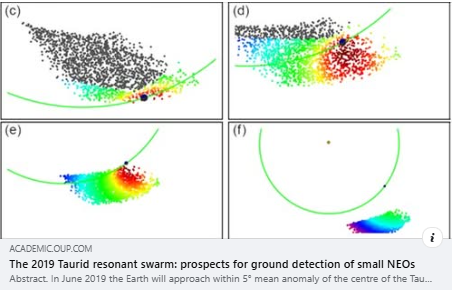
Keywords: comets, 2P/Encke, meteorites, meteors, meteoroids, minor planets, asteroids: general
“It gives us a great opportunity to view it,” says David Clark, a graduate student at Western University in London, Ontario, Canada. Clark is lead author on the new research, which was published in Monthly Notices of the Royal Astronomical Society. After analyzing several visible fireballs during the 2015 passage, the astronomers modeled the motion of the swarm’s core."
https://eos.org/articles/fireballs-could-provide-clues-to-an-outstanding-meteor-mystery
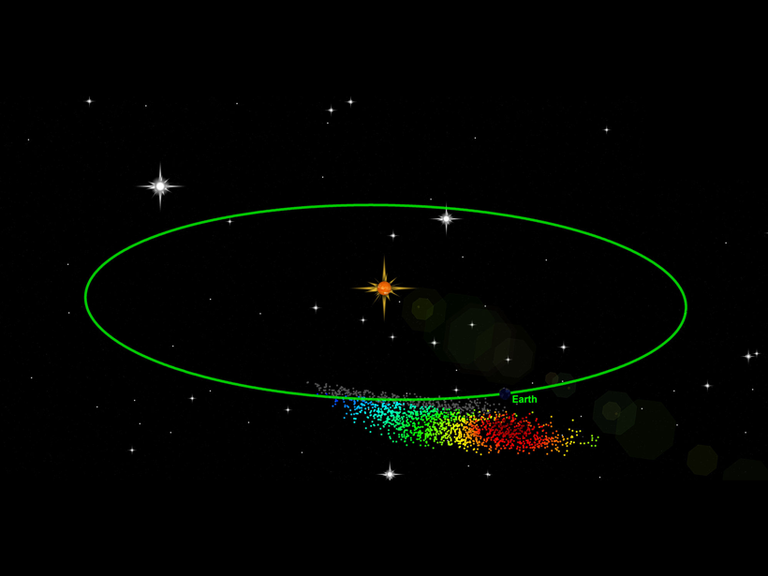
"This illustration shows the expected density of the Taurid meteor stream in relation to Earth. Colors correspond to apparent magnitudes, with the brightest objects (red) having a magnitude of about 21 and the dimmest (blue) having a magnitude of about 25.
Credit: Western University"
“There’s nothing to be worried about, but keep an eye on the sky and you might…see something pretty impressive,” Fitzsimmons says.
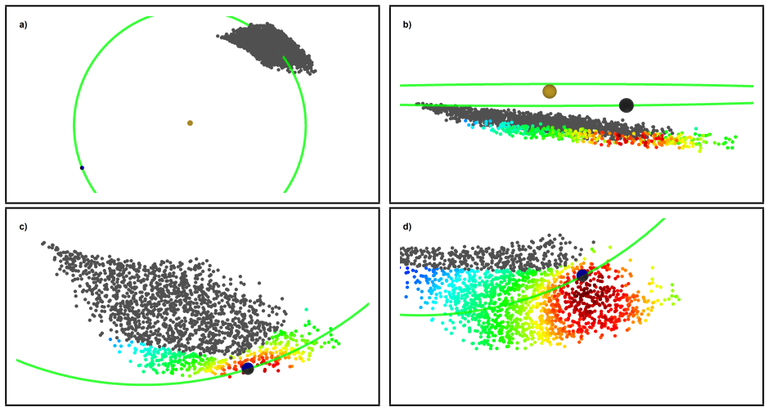
"a) Swarm inbound during April 2019.
b) Swarm passing Earth below the ecliptic.
c) swarm passing beneath the Earth June 26,
d) July 04, and , e) July 14 respectively."
https://arxiv.org/pdf/1905.01260
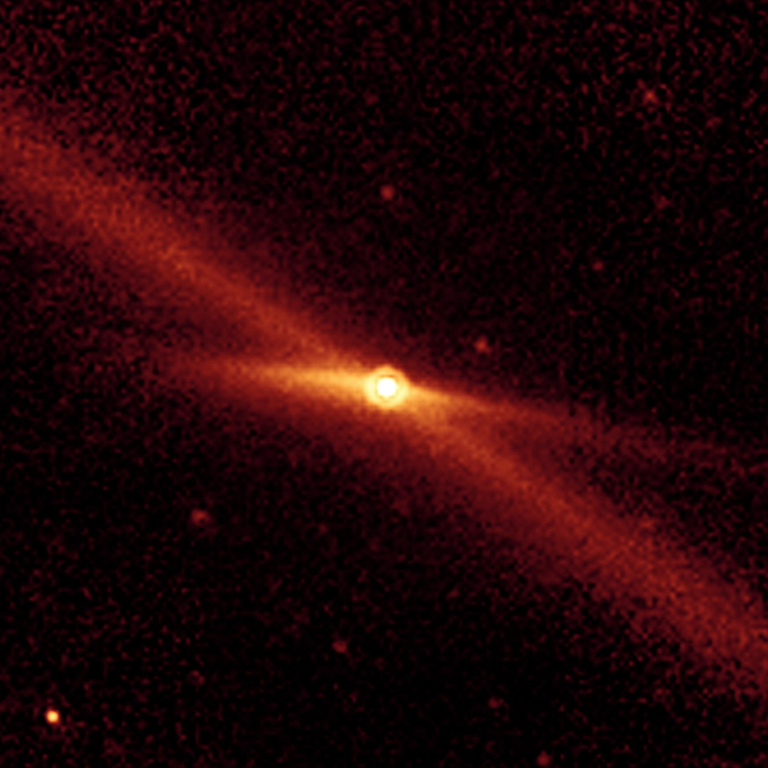
"According to Ye, the Taurid swarm holds important clues about planetary evolution, especially due to its connection to the comet Encke. Encke, which has one of the shortest orbital periods (the time it takes to complete one rotation around the sun) of known comets at just 3.3 years, is also unusually large and dusty for a short-period comet (orbiting the sun in 200 years or less). Considering all available evidence, scientists believe that Encke experienced significant fragmentation in the past—and may continue to fall apart similarly in the future."
https://phys.org/news/2024-10-eases-doomsday-asteroid-swarm.html
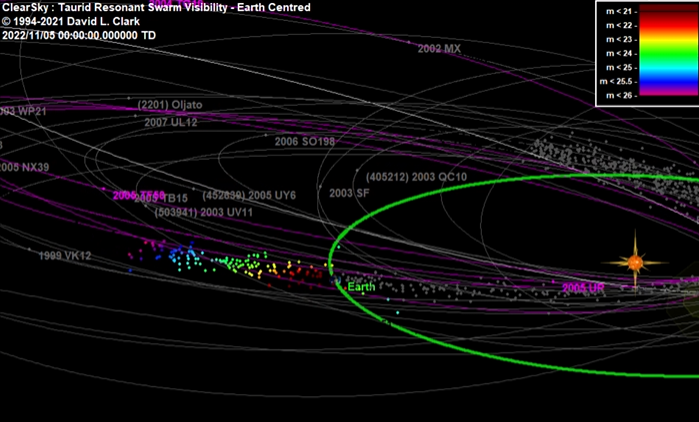
https://www.imo.net/near-earth-asteroid-during-2022-taurid-swarm/
There is so much out there to discover!
Keep an eye on the skies and make a wish!
C/The Database
Solar System Research Database
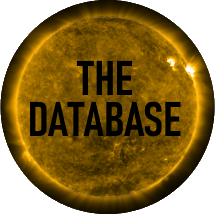
TOOLS: Latest Events | iSWA | SolarWind | Meteors | CNEOS | Volcanos
Auroras | USGS/KML| GIMQ | SOHO & More...
Read More --> Solar Flare, Deimos from Mars, Thinking About The Database, Solar flares on the way, Solar Update 111222| Solar update 021022 | Solstice | Solar Menu | How Auroras Are Created | Solar update 141121 | Quake update 291021 | X-flare 291021 | Quake update 021021 | Quake update 270921 | Solar Impact | West coast quakes | Alaska Volcanoes | Alaska Shakes | Quake update 210521 | Quake update 030421 | Algeria | Earth quake update 130221 | Deep Ocean Quakes | Darkflame Earth update Jan 23 2021
 Follow me @Darkflame for more solar updates.
Follow me @Darkflame for more solar updates.

Thanks for the dive into this. Fans of astronomy, hell, fans of looking up can get good amounts of info from this